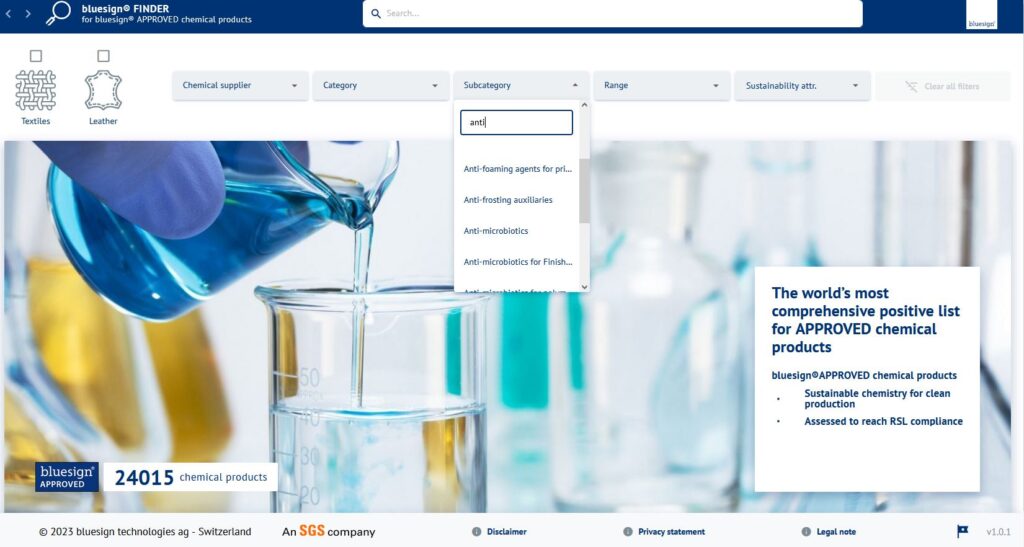Zinc Pyrithione in Textiles: Toxicity, Bans, and Safer Alternatives

Zinc pyrithione is a biocidal substance still widely used across industries. In March 2022, it was prohibited for use in cosmetic products in the EU, where it had been common in anti-dandruff shampoos and as a preservative.
However, the substance continues to be used in the textile industry, particularly for anti-odor treatments in garments such as sportswear.
Why Is Zinc Pyrithione Harmful?
Zinc pyrithione is a very hazardous chemical substance. It is classified in the European Union as:
■ Acutely toxic
■ Toxic to reproduction (may damage unborn children)
■ Very hazardous to aquatic environments
bluesign’s Position on Zinc Pyrithione
At bluesign, we proactively banned zinc pyrithione in 2021 to support a more sustainable and safer textile industry. Our approach aims to detox the supply chain and protect both people and the planet.
Safer Alternatives to Zinc Pyrithione
The good news: There are safer alternatives available today.
Our bluesign FINDER currently lists over 40 safer biocidal or non-biocidal alternatives, provided by 14 bluesign SYSTEM PARTNER chemical companies.
Search by subcategory:
■ Anti-microbiotics
■ Anti-microbiotics for Finishing
■ Anti-microbiotics for Polymers

You can also search using terms like “odor” to explore non-biocidal odor control solutions, as shown below:

Explore More on Safer Chemistry
For more insights on responsible chemical management in textiles, explore:
Reviewed by bluesign Academy
This article was reviewed by the bluesign Academy team. With expertise in sustainable chemistry and textile safety, the Academy ensures that the information presented reflects the latest industry knowledge and best practices.

